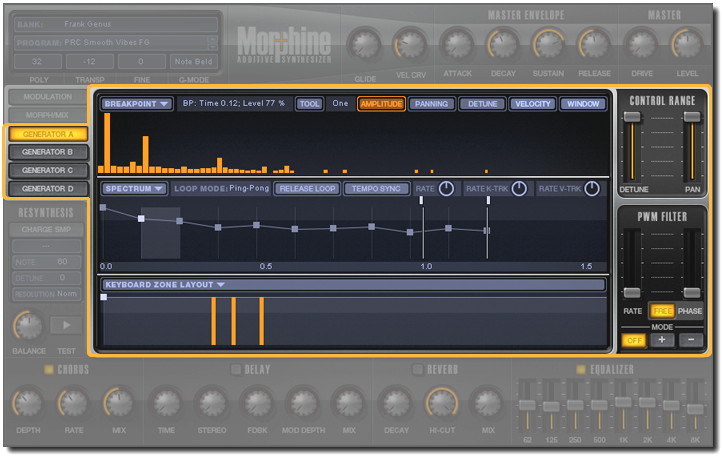
A standardized approach to both non-pharmacological and pharmacological treatment is essential. Phenobarbital and clonidine are useful as second-line agents with variable effects. More recent evidence supports methadone or buprenorphine to treat NAS as their use is associated with shorter hospital stays and decreased pharmacologically treated days. Although no clear consensus exists on which medication is best, morphine remains the most commonly used first-line agent. When withdrawal signs are severe, pharmacotherapy is initiated. Breastfeeding should be strongly encouraged unless there is maternal polysubstance abuse or maternal medical contraindication. Non-pharmacological care, like rooming-in and control of environmental factors, is the first clinical management strategy and should continue even after discharge from the hospital. Multiple assessment tools exist, but the traditional Finnegan scoring system is the most commonly used to evaluate neonates and make management decisions. The diagnosis is made based on an accurate maternal history and neonatal clinical features, with or without biological testing. Multiple neonatal and maternal factors affect the expression of symptoms, including gestational age, sex, genetics, and maternal polysubstance abuse or smoking.

The pathophysiology of this condition remains unknown.

The predominant symptoms include central nervous system (CNS), gastrointestinal (GI), and autonomic manifestations. It is a multisystemic disorder resulting from chronic in-utero exposure and its abrupt cessation at birth. NAS is diagnosed every 25 minutes in the United States. During pregnancy, substance abuse is on the rise, especially opioids, both prescribed and illicit, resulting in a hidden epidemic of neonatal abstinence syndrome (NAS).


 0 kommentar(er)
0 kommentar(er)
